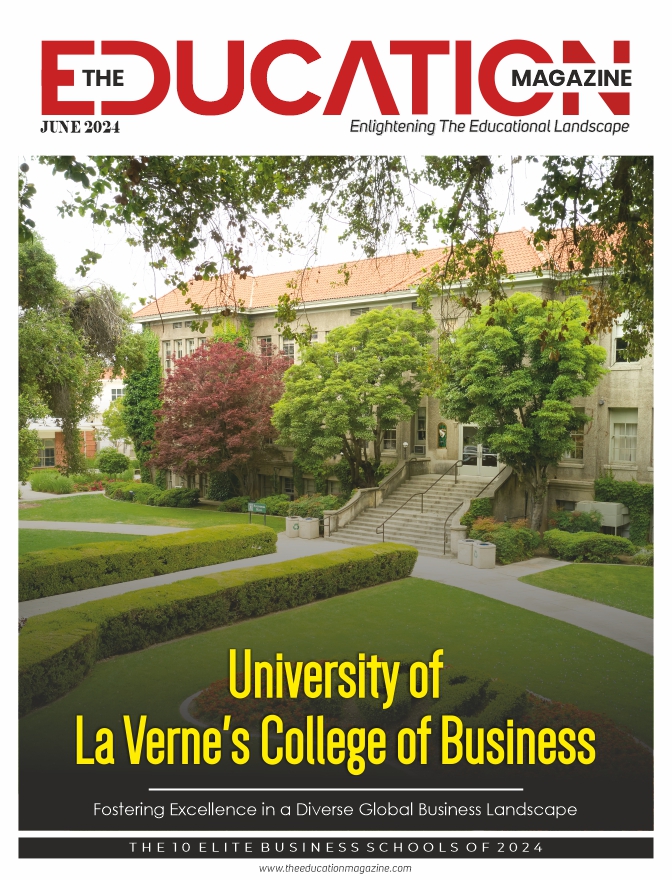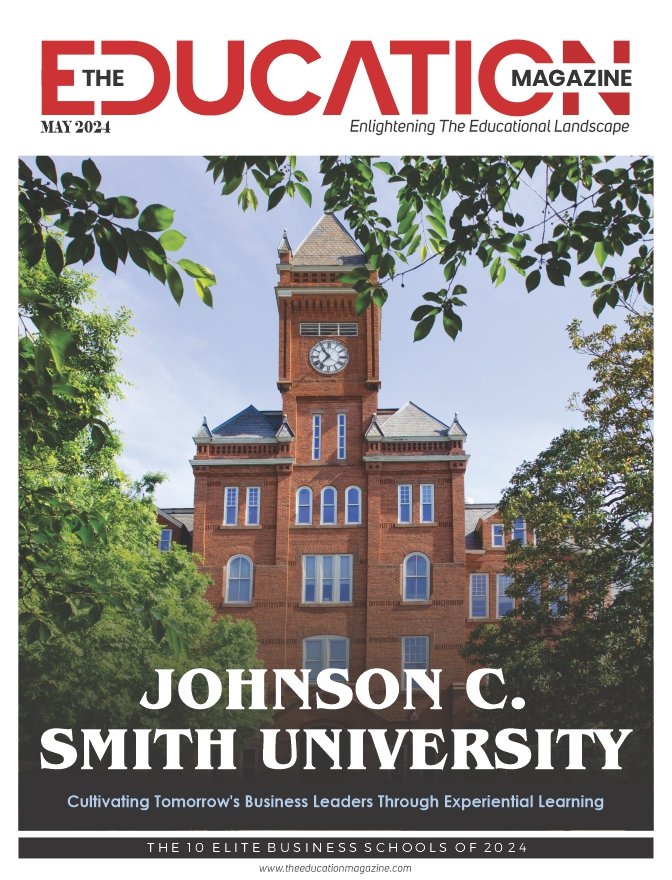Approximately 98 teams from across the Pacific Northwest presented their ambitious projects after months of hard work and planning
Humanity is walking on the most heated experiment in history right now, which is to see tremendous carbon dioxide in the atmosphere. Imagine taking a stroll through the woods and finding a piece of discarded plastic in every few steps. Likewise, Styrofoam (polystyrene) is detrimental to the planet but only a few understand how it harms the environment. People need to join together and take action to reduce the use of Styrofoam that is sent to landfills. However, at least one solution is wriggling relentlessly which has the potential to reduce the amount of single-use plastic in the environment—larvae.
Four graders from Ellensburg High School (EHS) won first place in the Itron Food, Energy and Water Challenge at Alaska Airline’s Imagine Tomorrow competition. In 2018, the competition held at Washington State University in Pullman last month had a motive to promote 9th and 12 graders to discover new ways to support the transition to sustainability. Approximately 98 teams from across the Pacific Northwest presented their ambitious projects after months of hard work and planning. Later that day, Ellensburg’s four students won the first-place prize. Each student won $300 for a “Styrofoam Eating Larvae” experiment and presentation.
According to DailyRecordNews, the students were required to research complex topics related to environmental health concerns then innovate technologies, designs, or plans to mobilize change. The only limit was the students’ imagination. All teammates—members of the Environmental Club at EHS were encouraged to pursue the project by their teacher Jeff Hashimoto. They revealed that the inspiration behind the project was reportedly drawn from a Stanford study about how mealworms can eat small amounts of polystyrene.
After the study and a lot of discussions, they decided to go to a pet store and buy mealworms and super worms to test on the Styrofoam. “Super worms ate a lot faster and they were twice as efficient,” said Gavin Scoville, one of the students from the winning team. Then they set up one liter Mason jars and massed the polystyrene and the worms together and monitored as the material diminished.
“What helped us was we had a legitimate experiment where we had as many controlled variables as possible and everything was like lab procedure,” said Scoville. “We had a well put together poster and we talked precisely.”










